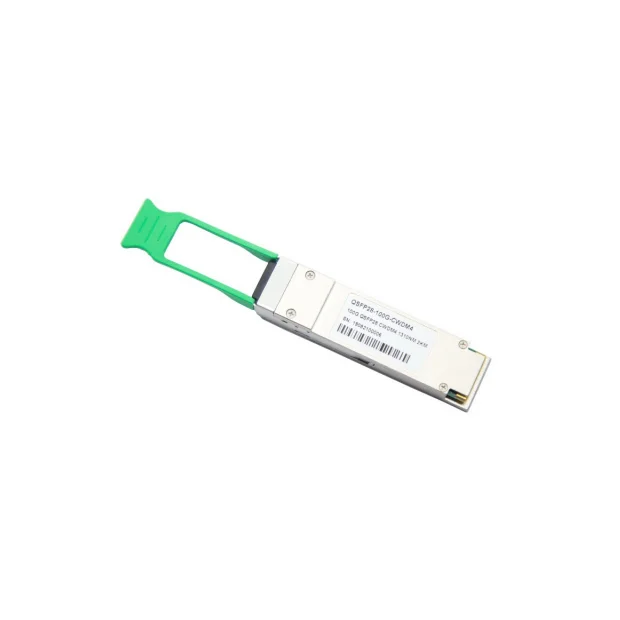An optical module is a device that integrates optical, electronic, and mechanical technologies and is used for transmitting, receiving, and processing optical signals in optical communication systems. Optical modules usually consist of lasers, modulators, receivers, fiber optic connectors, packaging, and drive circuits. It plays a vital role in optical communication systems, and its performance and stability directly affect the communication quality and reliability of the entire system.

First, let's take a look at the basic composition of the optical module. Optical modules usually consist of lasers, modulators, receivers, and packages. The laser is the light source of the optical module, which can generate stable optical signals. The modulator is used to modulate the optical signal emitted by the laser, convert the electrical signal into an optical signal, or modulate the intensity or frequency of the optical signal. The receiver is used to receive optical signals and convert them into electrical signals. In addition, the optical module also includes an optical fiber connector for connecting optical fibers and a drive circuit for controlling the working status of the optical module.
Secondly, let us take a closer look at the structure of the optical module. The structural design of optical modules usually requires consideration of the precise installation of optical components, the layout and heat dissipation of electronic components, and other aspects. Optical modules are usually packaged in metal or plastic shells to protect the optical and electronic components inside. Inside the optical module, optical components such as lasers, modulators, and receivers need to be precisely installed at specific locations to ensure the accuracy and stability of the transmission, reception, and processing of optical signals. At the same time, the drive circuit and heat dissipation structure need to be arranged inside the optical module to ensure the stable operation and long-term reliability of the optical module.
In addition to the basic composition and structure, the performance and characteristics of optical modules are also important things we need to understand. The performance of optical modules usually includes optical power, modulation bandwidth, receiving sensitivity, operating temperature range, and other aspects. Optical power refers to the power of the optical signal emitted or received by the optical module, usually in milliwatts (mW). Modulation bandwidth refers to the ability of an optical module to modulate optical signals, usually in GHz. Receiving sensitivity refers to the sensitivity of the optical module in receiving optical signals, usually in dBm. In addition, the operating temperature range of the optical module is also an important indicator of its performance. Different optical modules may have different performance under different operating temperatures.
In general, as an important component of optical communication systems, optical modules need to take into account multiple aspects of optical, electronic, and mechanical technologies in their composition and structural design. The performance and characteristics of optical modules directly affect the communication quality and reliability of the entire optical communication system. Therefore, it is of great significance to promote the development of optical communication technology to have an in-depth understanding of the composition and structure of optical modules and to continuously improve their performance and stability.
https://www.fineconnco.com/Core-Composition-and-Structural-Analysis-of-Optical-Modules.html
